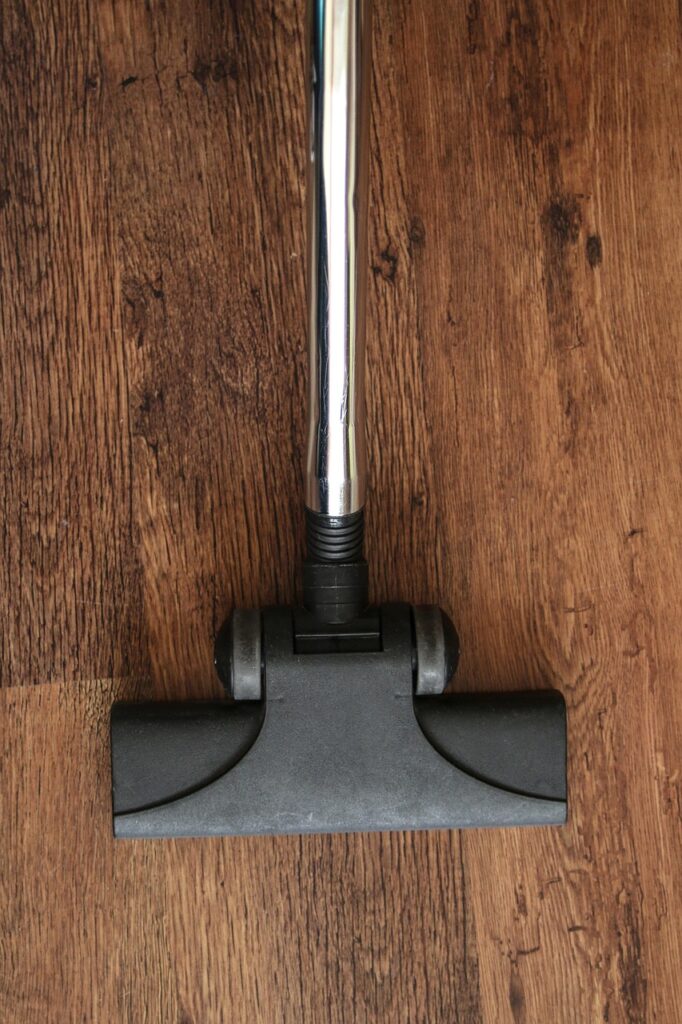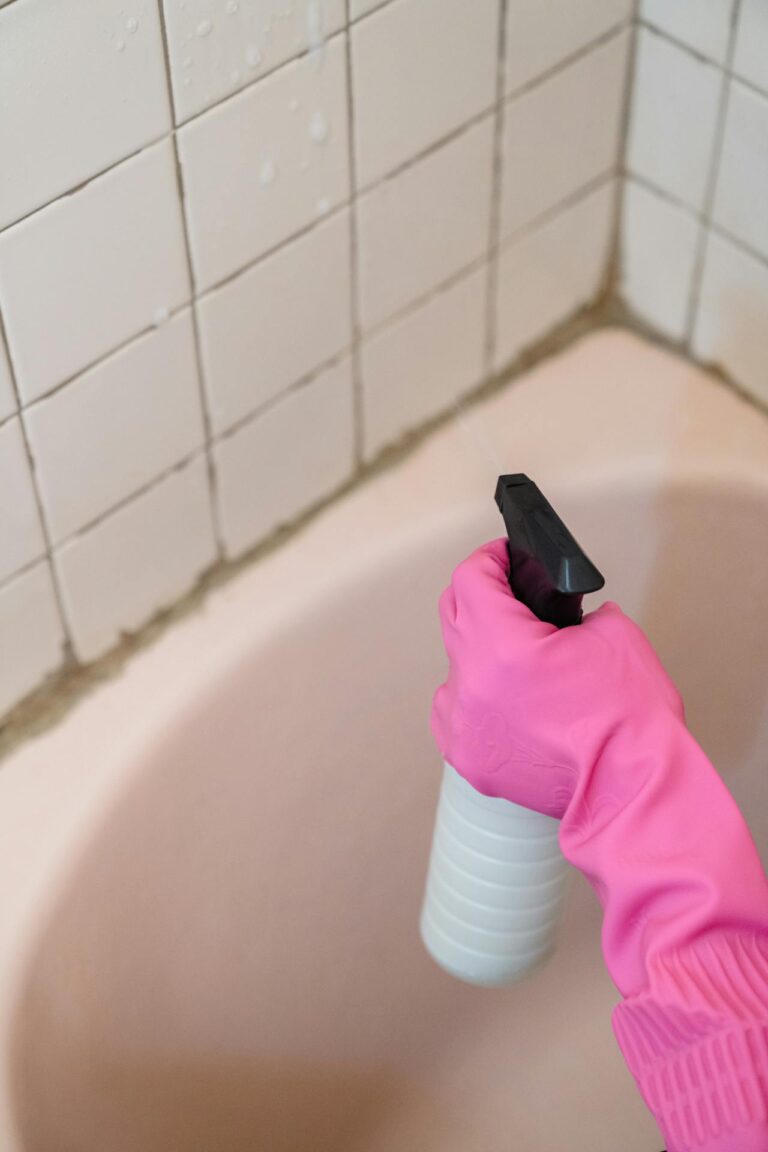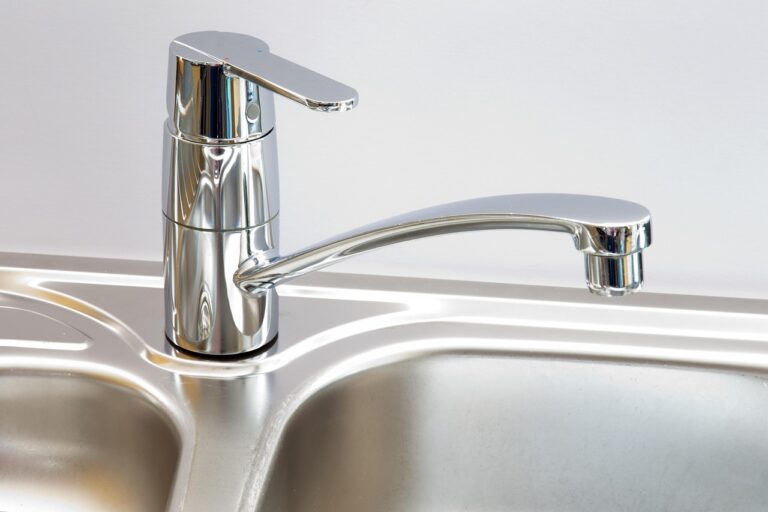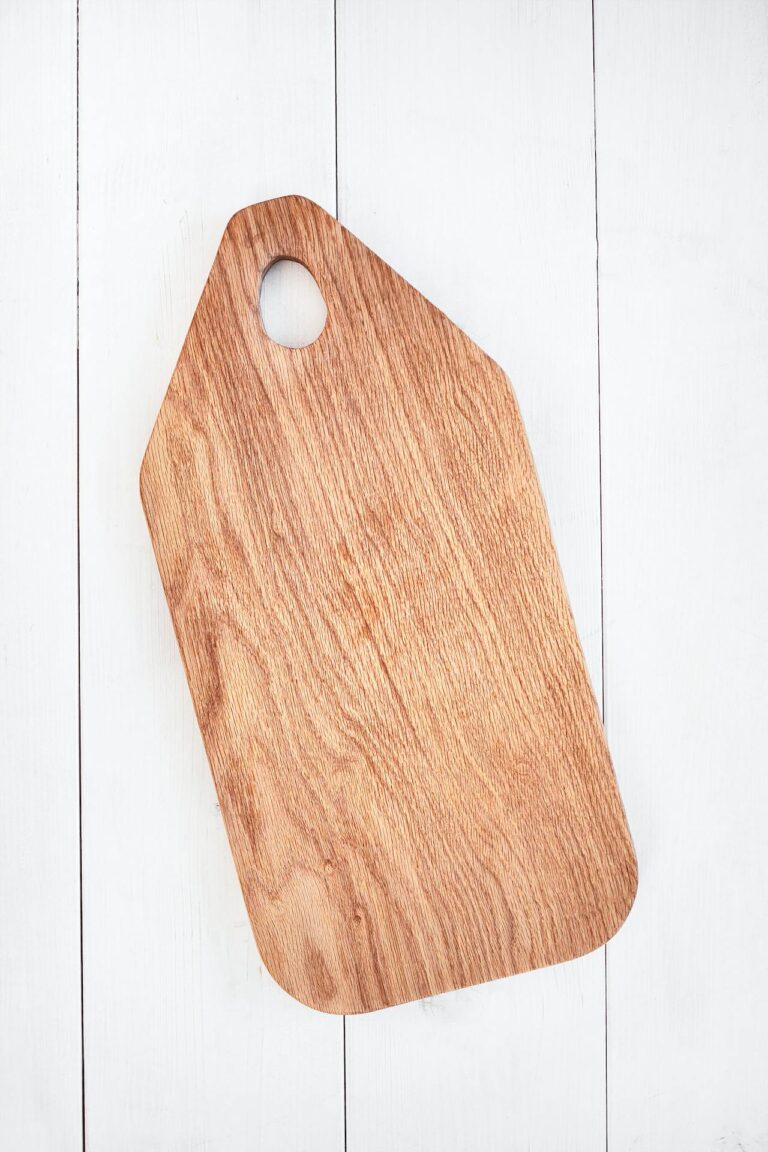A smelly vacuum can spread unpleasant odors through your home instead of cleaning it. Instead of freshening up your space, you might notice musty or burnt smells lingering in the room.
The good news is that most vacuum smell issues can be tackled with basic cleaning and maintenance. Here’s how to remove odors from vacuum cleaners and keep them running fresh.

Why Vacuum Cleaners Start to Smell
Vacuum odor tends to build up over time from trapped debris and moisture. Dust, hair, and small particles collect inside the machine and can start to break down or develop a musty scent.
Hair and organic debris can add to the problem, especially when they sit in a damp environment. Mold or mildew might form in filters or bags that haven’t been changed regularly.
Burnt rubber smells can happen when belts wear out or hair wraps around the brush roll. Identifying the source can help you target the right fix.
1. Empty and Clean the Dust Canister or Vacuum Bag
Start by removing and emptying your vacuum’s dust bin or replacing the bag. Old debris is often the main source of vacuum cleaner odor.
For bagless models, wash the canister with warm water and mild dish soap. Let it dry completely before reattaching it.
If you use bags, switch to a fresh one even if the current bag isn’t full. Trapped particles can produce smells long before the bag reaches capacity.
2. Wash or Replace the Filter to Remove Musty Vacuum Smells
Filters trap fine dust and allergens, but they also hold onto odors. Check your vacuum’s manual to see if the filter is washable or needs replacing.
Rinse washable filters under cool water until most of the dust is gone. Squeeze out excess moisture and let the filter air-dry completely for at least 24 hours.
If the filter looks worn or discolored, consider replacing it. A clean filter can improve suction and reduce smelly vacuum issues at the same time.
3. Check and Clean the Brush Roll
Hair, string, and fibers often wind around the brush roll and create a burning or musty smell. Remove the brush roll according to your vacuum’s instructions.
Use scissors to carefully cut away tangled debris. Wipe down the brush with a damp cloth to remove any remaining buildup.
Cleaning the brush roll can also help prevent strain on the motor and reduce odors caused by friction or overheating.
4. Use Baking Soda to Neutralize Vacuum Smell
Baking soda works well as a natural deodorizer. Sprinkle a tablespoon or two onto a small area of your floor or carpet.
Vacuum it up slowly, letting the baking soda move through the machine. This can help absorb lingering smells inside the canister, hose, and filter.
You can repeat this every few weeks as part of your vacuum maintenance routine. It’s a simple step that can keep things fresher between deep cleans.
Also read: How to Clean Your Stovetop with Dish Soap and Baking Soda
5. Freshen the Hose and Attachments
The vacuum hose can trap dust, hair, and moisture that lead to unpleasant odors. Detach the hose if possible and rinse it with warm water.
Hang it vertically to drain and dry completely before reconnecting. Moisture left inside can encourage mold growth and worsen the smell.
For attachments like crevice tools or upholstery brushes, wipe them down with a damp cloth. Keeping these parts clean can prevent odors from spreading back into the vacuum.
6. Inspect the Belt for Damage or Buildup
A worn or misaligned belt can create a burnt rubber smell when the vacuum runs. Open the brush roll compartment and check the belt’s condition.
If it looks stretched, cracked, or has debris wrapped around it, replace it with a new one. Most vacuum belts are inexpensive and easy to install.
Replacing a damaged belt can eliminate burning smells and help your vacuum run more smoothly overall.
7. Air Out the Vacuum After Each Use
Letting your vacuum breathe after cleaning can reduce moisture buildup. Store it in a dry area with the dust bin or bag removed if possible.
This simple habit allows air to circulate and prevents damp, musty vacuum odors from developing. It’s especially helpful in humid climates or after vacuuming wet messes.
Leaving the vacuum open for an hour or two before putting it away can make a noticeable difference over time.
What to Avoid When Removing Vacuum Cleaner Odor
Don’t use harsh chemicals or bleach inside your vacuum, as they can damage plastic parts or leave strong residual smells. Stick to mild soap and water for most cleaning tasks.
Avoid vacuuming up liquids or damp debris unless your machine is designed for wet use. Moisture is one of the main causes of vacuum smell and mold growth.
Don’t ignore unusual odors, especially burning smells. These can signal mechanical issues that need attention before they cause further damage.
Questions & Answers About Vacuum Cleaner Odors
Why does my vacuum smell bad when I use it?
Vacuum odor usually comes from trapped dirt, hair, or moisture inside the canister, bag, or filter. Debris can break down over time and produce unpleasant smells as air moves through the machine.
Hair and organic material tend to hold onto odors more than regular dust. If the vacuum hasn’t been cleaned recently, buildup can intensify the smell each time you use it.
How do you get rid of a burning smell in a vacuum?
A burning smell often means the belt is worn or hair is tangled around the brush roll. Turn off the vacuum and check both areas for damage or debris.
Replace the belt if it looks stretched or cracked. Clear away any hair or fibers wrapped around the brush to prevent friction and overheating.
Can baking soda remove vacuum odors?
Baking soda can help neutralize smelly vacuum issues naturally. Sprinkle a small amount on your floor and vacuum it up to absorb odors inside the machine.
This method works well for mild smells and can be repeated regularly. For stronger odors, you might need to clean the filter, canister, or hose more thoroughly.
How often should you clean your vacuum to prevent smells?
Emptying the dust bin or changing the bag after each use can help reduce vacuum cleaner odor. Filters should be cleaned or replaced every one to three months depending on use.
Deep cleaning the brush roll, hose, and attachments every few months can keep smells from building up. Regular vacuum maintenance tends to prevent odor problems before they start.
What causes a musty smell in my vacuum?
Musty vacuum smells usually come from moisture or mold in the filter, bag, or hose. Vacuuming damp areas or storing the machine in a humid space can create the right conditions for mildew.
Let all parts dry completely before reassembling your vacuum. Storing it in a well-ventilated area can help prevent musty odors from developing.
Is it safe to use essential oils in my vacuum?
Placing a cotton ball with a few drops of essential oil in the dust bin can add a light scent. However, oils can leave residue on filters or damage certain materials over time.
If you try this method, use it sparingly and avoid letting oil touch the filter directly. Cleaning the vacuum thoroughly is still one of the most effective ways to remove odors.
Why does my vacuum smell like mildew?
Mildew develops when moisture stays trapped in your vacuum’s components. This can happen if you vacuum wet debris or store the machine before it’s fully dry.
Check the filter, canister, and hose for signs of mold. Wash removable parts with warm water and let them air dry completely before using the vacuum again.
Can a dirty vacuum filter cause bad smells?
A clogged or dirty filter can trap odors and make them worse over time. Filters collect fine dust and particles that can break down and produce unpleasant smells.
Washing or replacing the filter regularly can improve airflow and reduce vacuum smell. It’s one of the easiest ways to keep your machine running fresh.
Keep Your Vacuum Fresh with Regular Care
Removing odors from vacuum cleaners often comes down to consistent cleaning and maintenance. Emptying the canister, washing filters, and clearing the brush roll can help prevent smells from building up in the first place.
Small steps like using baking soda or airing out your vacuum after each use can make a noticeable difference.






